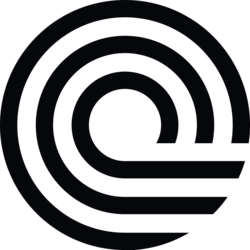Google Introduces Material 3 Expressive Update
Google has recently rolled out a new and enhanced version of Material 3 Expressive, incorporating significant changes that impact app navigation. The update brings exciting adjustments to the user interface, particularly focusing on the drop navigation drawers on phones and the reintroduction of short bottom bars.
Material 3 Expressive Components
The latest release of Material 3 Expressive features a range of new and updated components that aim to enhance the overall user experience. Google has put careful consideration into refining these elements to ensure smoother and more intuitive app navigation for users.
The material design components have undergone a series of modifications to align with the evolving needs and preferences of app developers and users alike. These enhancements are geared towards making interactions more seamless and visually appealing.
Significant Changes in Navigation Recommendations
One of the most notable adjustments in the Material 3 Expressive update is the removal of drop navigation drawers on phones. This change represents a shift towards a more streamlined and efficient navigation system, emphasizing clarity and ease of use.
With the elimination of drop navigation drawers, developers are encouraged to explore alternative navigation options that prioritize accessibility and user-centric design. This change reflects Google's commitment to refining the app navigation experience for a diverse range of users.
Return of Short Bottom Bars
As part of the Material 3 Expressive update, Google has reintroduced short bottom bars as a primary navigation element. This decision underscores the importance of providing users with quick and convenient access to essential app functions, promoting a more efficient and user-friendly interface.
The reemergence of short bottom bars signals a return to a more compact and visually balanced design approach, catering to the preferences of users who favor a minimalist and functional navigation layout.
Emphasis on Accessibility and Inclusivity
Google's focus on accessibility and inclusivity is evident in the latest Material 3 Expressive update, which places a strong emphasis on optimizing app navigation for all users, including those with diverse needs and preferences.
By prioritizing accessibility features and user-friendly design principles, Google is striving to create an inclusive digital environment where individuals of varying abilities can fully engage with and benefit from app experiences.
Enhanced Visual Consistency and Coherence
The updated components of Material 3 Expressive are designed to deliver enhanced visual consistency and coherence across different screens and devices. This ensures a uniform and cohesive user interface that promotes intuitive interactions and seamless transitions.
By standardizing visual elements and design patterns, Google aims to create a more harmonious app experience that resonates with users and fosters a sense of familiarity and comfort in navigation.
Optimized User Interaction and Engagement
Google's Material 3 Expressive update focuses on optimizing user interaction and engagement through intuitive and responsive design elements. By refining navigation recommendations and enhancing visual feedback, Google aims to elevate the overall user experience and drive increased user engagement.
With a keen emphasis on user interaction patterns and behaviors, Google seeks to empower developers to create dynamic and engaging app interfaces that captivate users and encourage continued exploration and interaction.
If you have any questions, please don't hesitate to Contact Us
Back to Technology News















































